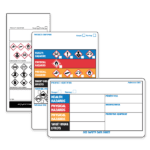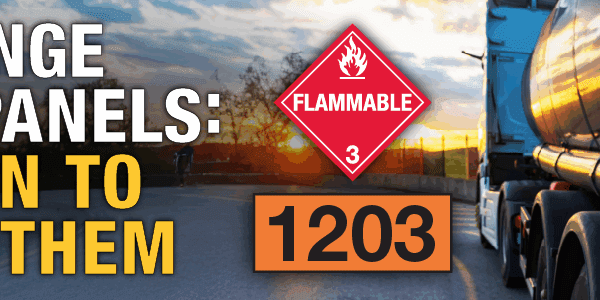
5 Key Points When Importing Consumer Products Containing Hazardous Materials
Importing consumer products containing hazardous materials can be a lucrative business venture, but it comes with its own set of challenges and responsibilities, particularly when it comes to adhering to federal regulations. Whether you’re importing chemicals or consumer products with hazardous components, understanding the regulatory landscape is essential. In this article, we’ll discuss five things to consider before importing such products into the USA or Canada for resale or use.
1. Know Your Regulatory Requirements:
Before importing any consumer product containing hazardous materials, it’s imperative to familiarize yourself with the regulatory requirements of both the USA and Canada. In the USA, regulatory bodies such as the Environmental Protection Agency (EPA), the Consumer Product Safety Commission (CPSC), and the Department of Transportation (DOT) often set forth these requirements. In Canada, Health Canada’s Consumer Product Safety Directorate (CPSD) and the Transportation of Dangerous Goods Directorate (TDG) oversee regulations related to hazardous materials. Understanding classification, labeling, packaging, permissible limits, and documentation requirements in both countries is essential for compliance.
2. Conduct a Comprehensive Risk Assessment:
Assessing the risks associated with the consumer products you intend to import is crucial for compliance and safety, both in the USA and Canada. Identify hazardous materials present in the products and evaluate potential hazards throughout their lifecycle. Understanding these risks will help you implement appropriate safety measures, such as proper handling procedures, storage facilities, and emergency response protocols, in compliance with regulations in both countries.
3. Ensure Compliance with Labeling and Packaging Regulations:
Accurate labeling and appropriate packaging are paramount when importing consumer products containing hazardous materials in both the USA and Canada. Labels must clearly indicate the presence of hazardous substances and provide necessary warnings. Both countries have specific format and content requirements outlined by their respective regulatory agencies. Additionally, packaging should be designed to prevent leaks, spills, or other accidents during transit and storage, adhering to regulations in both jurisdictions.
4. Stay Updated on Changes in Regulations:
Regulatory requirements for importing consumer products containing hazardous materials are subject to change in both the USA and Canada. It’s essential to stay informed about any updates or amendments to existing regulations in both countries. Regularly monitor announcements from relevant regulatory authorities, participate in training programs, and seek guidance from legal experts specializing in import compliance to ensure your business remains compliant with current regulations on both sides of the border.
5. Establish Clear Communication Channels with Suppliers and Distributors:
Maintaining transparent communication channels with your suppliers and distributors is crucial for ensuring compliance throughout the supply chain in both the USA and Canada. Clearly convey your expectations regarding regulatory compliance, product specifications, and documentation requirements to your suppliers. Request certificates of compliance, safety data sheets (SDS), and any other relevant documentation to verify the quality and safety of the products you’re importing. Regularly communicate with your distributors to address any concerns and ensure proper handling and storage practices are followed in accordance with regulations in both countries.
Conclusion:
Importing consumer products containing hazardous materials into the USA or Canada requires careful consideration of federal regulations in both jurisdictions to ensure compliance and mitigate risks effectively. By following these five tips and staying informed about regulatory requirements on both sides of the border, you can navigate the complexities of importing hazardous products more effectively and safeguard both your business and the well-being of consumers. Remember, compliance is essential for maintaining the integrity of your business operations and protecting public health and safety in both countries.
ICC Compliance has the ability to produce and classify Canada and United States Consumer labels and address any packaging needs you may have. Our team of experts is just a call away for our customers at 855.734.5469 or send us an email, we’re happy to help.
Stay up to date and sign up for our newsletter!
We have all the products, services and training you need to ensure your staff is properly trained and informed.
 GHS Posters & Charts GHS Posters & Charts |
 OSHA/WHMIS/GHS OSHA/WHMIS/GHSTraining Courses |

 GHS Workplace Labels
GHS Workplace Labels




 ICC USA
ICC USA ICC Canada
ICC Canada